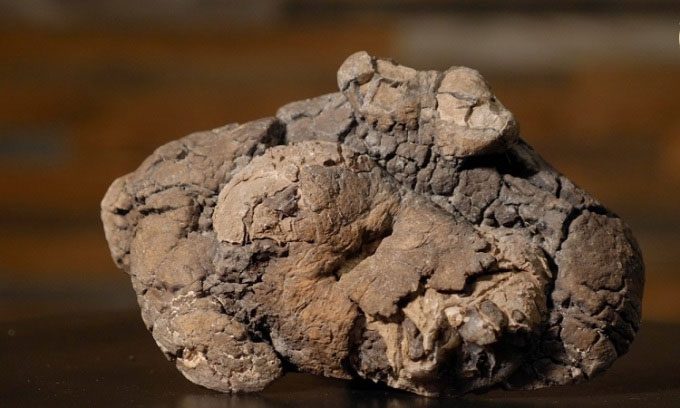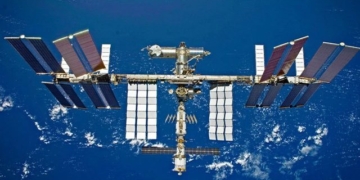Miners flocked to Cambridgeshire, England in the 19th century to excavate dinosaur coprolites for profit.
Coprolite, or prehistoric dung, gained high value since its discovery in the 19th century. Not only regarded as a priceless treasure by paleontologists and archaeologists, excavating dinosaur dung for fertilizer during the Victorian era was considered a particularly lucrative business, according to Ancient Origins.

A 126-million-year-old dinosaur coprolite sample. (Image: Ripley)
Throughout the 1850s, a wave of miners rushed to Cambridgeshire, England, amid a dinosaur coprolite excavation frenzy. This peculiar craze was linked to the increased demand for fertilizer due to food shortages following the Napoleonic Wars.
Fossilized dung was first discovered in the early 19th century by British fossil hunter Mary Anning. She noticed that the specimens contained small fish and bone fragments. This detail inspired geologist William Buckland to name the specimen coprolite in 1829, derived from the Greek words kopros (dung) and lithos (stone). Coprolites come in various shapes and sizes, including a massive specimen measuring 67.5 cm long, nicknamed Barnum, believed to belong to a Tyrannosaurus rex.
While smaller coprolites are relatively common, dinosaur dung is exceptionally rare because most of the dinosaur excrement was dispersed on the ground, especially if it fell from a height. Although most specimens appear like rocks, some retain distinctive colors and shapes.
John Stevens Henslow, a botanist from Cambridge, played a key role in identifying the phosphate content in coprolite. In 1845, he published a paper on its potential economic value as a fertilizer, leading to many unforeseen consequences. Similar to the California Gold Rush in the United States, the excavation at coprolite-rich sites in Eastern England sparked a coprolite frenzy.
Once submerged underwater, these areas were perfect for preserving coprolite due to their soft surfaces. From the 1850s onwards, this phenomenon attracted hundreds of miners to the region, eager to seek new profitable opportunities. However, the frenzy was short-lived. By the 1880s, the coprolite mining industry was replaced by synthetic fertilizers.
Today, coprolite is valued for entirely different reasons. Through the examination of pollen samples, DNA, and even parasites within, coprolite can help scientists understand the ecosystems and diets of long-extinct organisms. In one example, researchers used a small bone fragment in dinosaur dung to demonstrate that the Tyrannosaurus rex crushed its prey. Jurassic coprolites still hold high value. A collector once paid $10,370 at an auction for a 6-million-year-old coprolite specimen.


















































